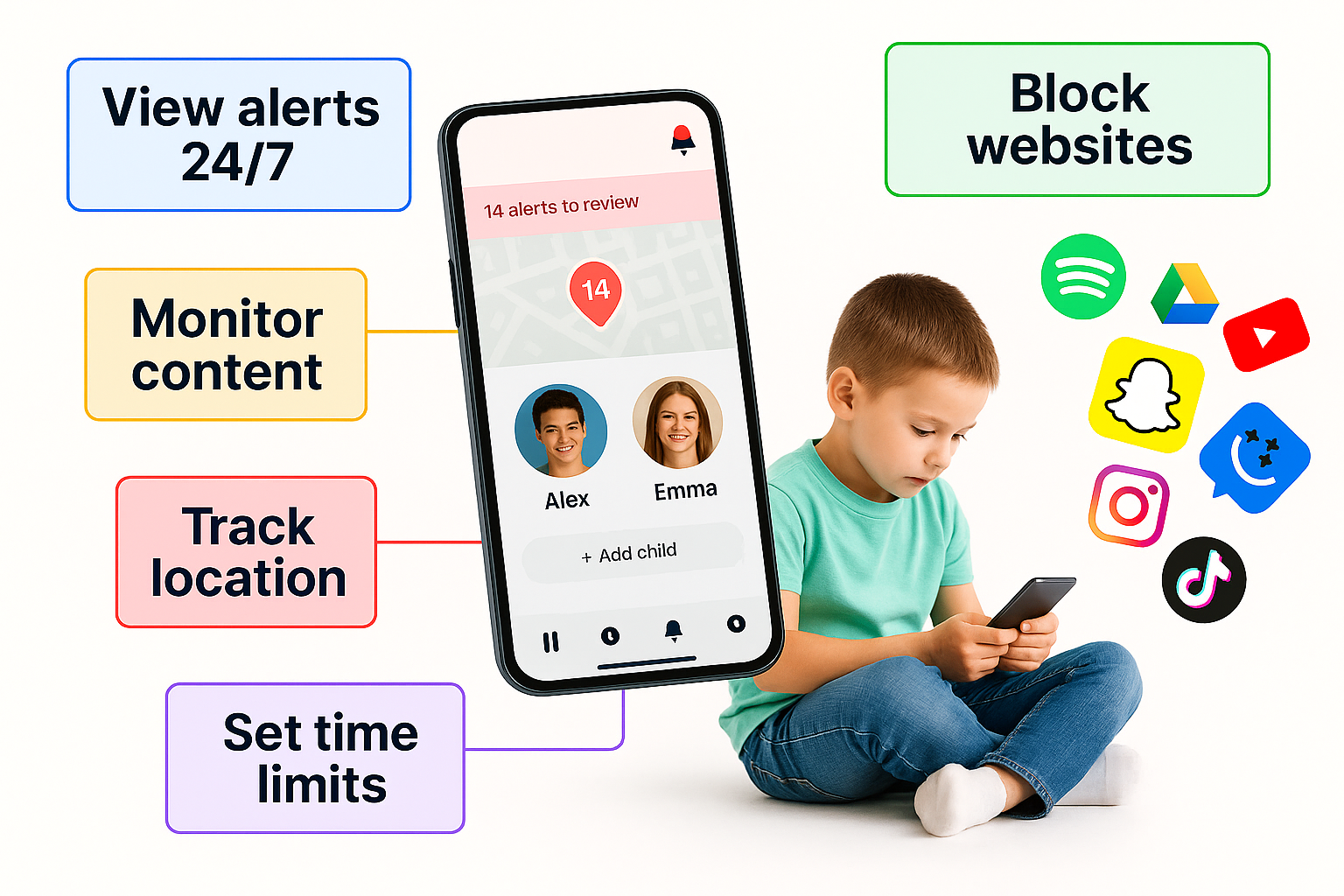How I Got My Son Back from the Screen: A True Story About Phones, Boundaries, and Rebuilding Trust
The Beginning: The Silence in the Room
It started with little things.
Shorter answers at dinner. Less eye contact. Less energy.
My 10-year-old son, once chatty and full of spark, would grab his plate, eat quickly, and retreat to his room.
We thought it was a phase.
He had gotten his first smartphone a few months before—part of a “big kid” gift after moving to 5th grade. We told ourselves it was for safety. A few games. Some educational apps.
But something changed. The phone stopped being a tool. It became a wall.
The Escalation: Mood, Sleep, and Screen Time
His sleep got worse.
He started waking up groggy, unfocused, and cranky.
His grades slipped slightly, but more than that—his spirit dulled. He stopped playing piano. No more bike rides with his younger sister. His laugh became rare.
I checked his screen time report on a whim.
4 hours and 52 minutes per day.
Mostly games. Some YouTube. A few “educational” apps running quietly in the background.
I was shocked—but mostly, I felt responsible.
The Confrontation: Tears and Pushback
When I brought it up, he got defensive.
Said “everyone else gets more time than me.”
That I was “ruining everything.”
He cried. Slammed his door. I cried too—alone in the kitchen.
That’s when I realized:
This wasn’t just about rules.
It was about control. About fear.
He didn’t want to lose the screen because it had become his escape. And we hadn’t given him a better alternative.
The Reset: A New Kind of Phone
That weekend, we took his smartphone away. Not as punishment—but as a reset.
In its place, we gave him a simplified phone—one with:
- No social media
- No YouTube
- Text and call functions only (to family and approved friends)
- A few educational tools
- A daily screen time cap
He was devastated at first. Quiet. Distant.
But we held firm—and more importantly, we stayed present.
The Reconnection: One Week Later
By the fourth day, he was different.
He came downstairs without being asked.
Asked if we could go for a walk. Talked about his science project again.
By the end of the first week, he started playing piano again.
He helped his sister with her LEGO set.
At bedtime, he actually talked. About school. About a friend who was having a hard time.
And when I tucked him in, he said, “I kinda like not feeling stuck to it.”
What We Learned (and What You Can Do Too)
This wasn’t just about removing a smartphone. It was about replacing it—with something better:
- A safe phone that fit his age
- Clear, fair screen time rules
- Family check-ins (we do one every Friday)
- Rebuilding routines: reading time, creative time, and device-free evenings
He didn’t need a total ban—he needed boundaries and better tools.
Today: Balance, Not Perfection
Today, months later, he still has a phone.
But it doesn’t run the show.
He knows he gets 1 hour per day.
He still plays games—but now on weekends only.
He talks more. Sleeps better. Laughs again.
We aren’t a perfect family.
But we’re connected. And that matters more than any app, game, or screen.
What You Hand Your Child Matters
Giving a child a smartphone isn’t just about convenience.
It’s about shaping their habits, mindset, and self-worth.
When we took the “adult phone” away and replaced it with a safer, structured version, we didn’t just limit him—we freed him.
And we got our son back.

